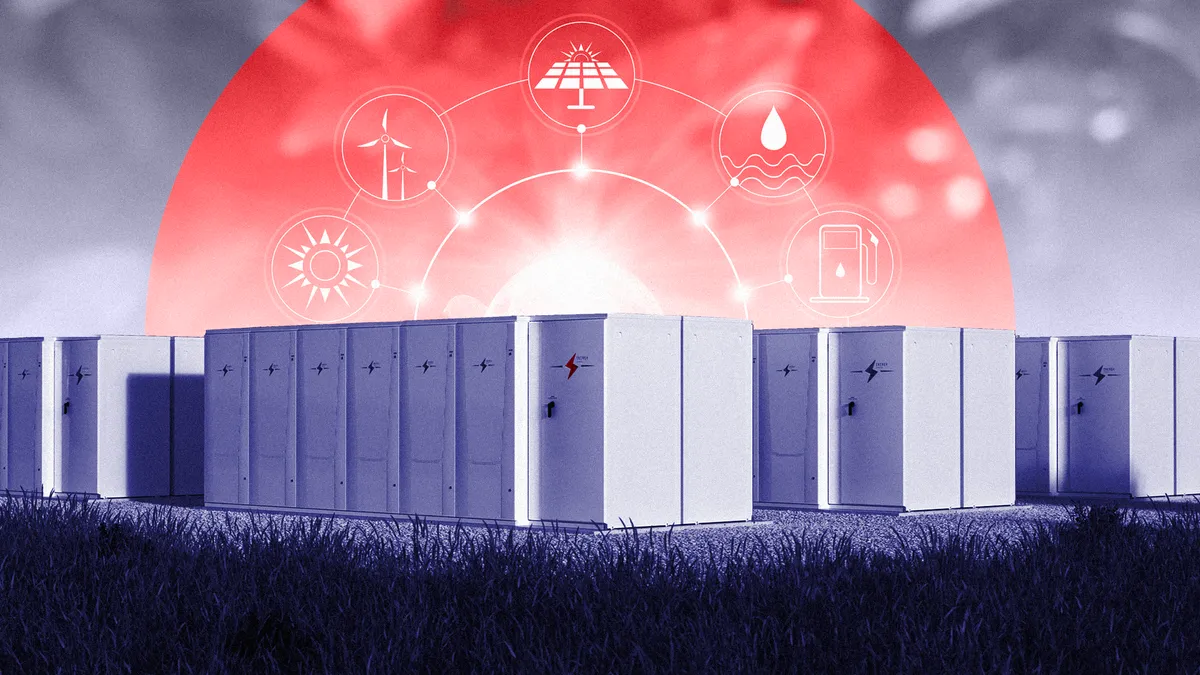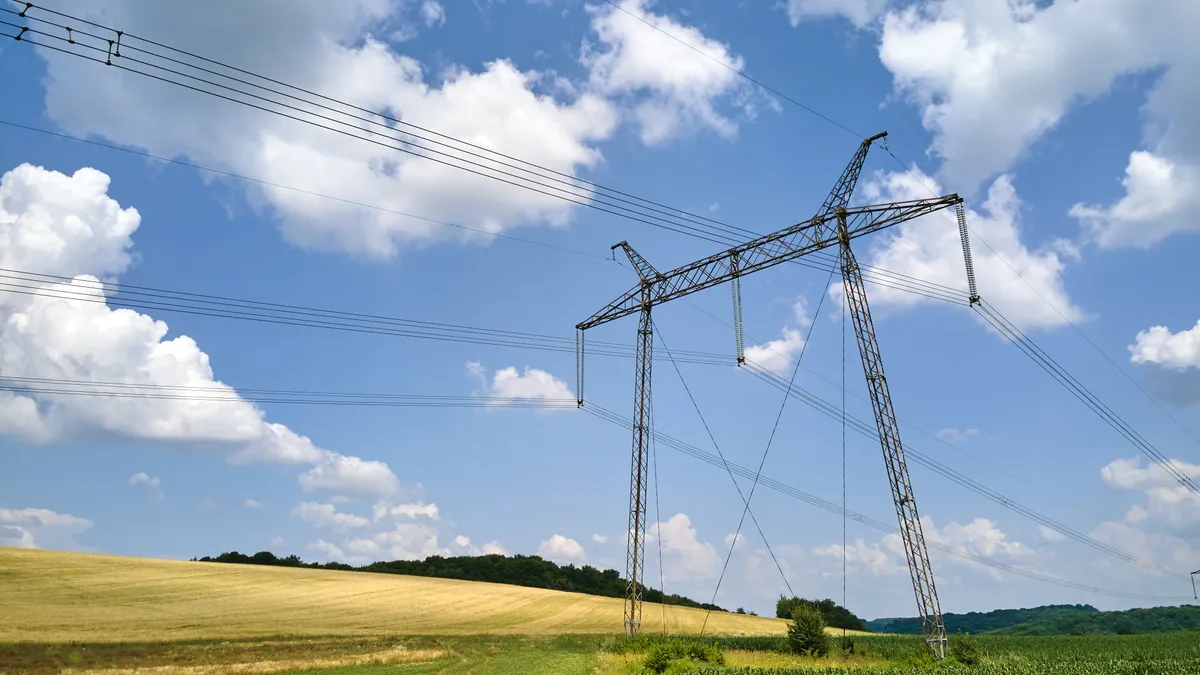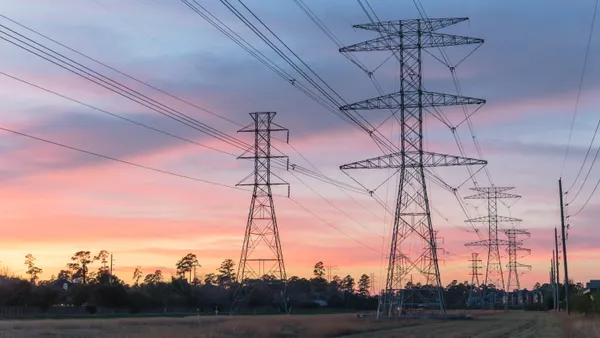Ed Burgess is senior policy director at the Vehicle-Grid Integration Council and Dan Bowerson is senior director, energy & environment at Alliance for Automotive Innovation.
The energy world is abuzz with solutions to leverage electric vehicles to provide backup power and vehicle-to-grid services, rather than calling on costly emergency resources (including polluting backup generators typically banned from running), urging customers to limit the use of air conditioning, or triggering rolling blackouts. Nearly 3 million EVs have been sold across the U.S., a growing number of which support vehicle-to-everything, or V2X, bidirectional charging capability.
The new Ford F-150 Lightning Electric, in partnership with Sunrun, upcoming vehicles from General Motors, in partnership with SunPower, the Nissan LEAF, in partnership with Fermata Energy, and several school bus manufacturers, in collaboration with Nuvve, offer V2X capabilities. With California planning to ban the sale of new gas-powered passenger vehicles, and other states expected to follow suit, the potential for V2X bidirectional charging systems to contribute to grid reliability is surging.
The Vehicle-Grid Integration Council, or VGIC, a group representing automakers and EV charging companies, estimates that by the end of 2022, the Nissan LEAF and Ford F-150 Lightning vehicles on California’s roads could represent as much as 500 MW of technical vehicle-to-grid or “V2G” export capability — the equivalent of ten 50 MW gas-fired peaker plants. Nationwide, this capability is likely to reach around 1 GW. These figures will only grow as greater numbers of EVs hit the roads in the coming years.
To tap into this latent energy storage capacity, utilities should offer accessible programs and rates that compensate drivers and fleet owners for providing V2X grid services. Some customers are eager to participate in existing offerings, like the Emergency Load Reduction Program in California, which pays customers for V2G exports during extreme grid conditions. Pacific Gas & Electric has launched a new pilot program to enroll 1,000 customers and pay them up to $5,175 for this capability. In Massachusetts, the Clean Peak Energy Standard creates a pathway for drivers to enroll their EV batteries through a third-party aggregator.
Establishing more V2X offerings is critical to support the grid, and these programs offer good templates for other utilities and states to follow. However, compensation mechanisms alone will not unlock the significant grid and customer benefits of V2X bidirectional charging systems.
Drivers and fleet operators need to understand and initiate the appropriate process for installing and connecting their V2X charging systems. VGIC, with support from several Alliance for Automobile Innovation members, recently published recommendations for electric utilities and state officials to make this process simple. While commercially available V2X charging systems are relatively new, the underlying capabilities mimic common distributed energy resources. For example, V2X solutions that power a home or business during a blackout resemble small fossil fuel backup generators. Meanwhile, V2G school bus systems like these in San Diego behave similarly to other behind-the-meter energy storage systems. As a result, the appropriate processes to alert utilities about installation and, if needed, request interconnection, may fortunately already be in place for many customers.
Utilities and state officials must avoid reinventing the wheel by establishing entirely new and separate interconnection rules for V2X systems. Instead, they should clarify and, where needed, expand existing rules to include V2X backup power systems and exporting V2X systems.
For drivers and fleet operators looking to support the grid through V2G exports, the interconnection process may take some time while utilities gain familiarity with V2X equipment. It is critical that utilities allow these customers to use their chargers in unidirectional “load-only” mode on an interim basis while they make their way through the interconnection queue. In other words, an electric school bus must still be able to charge up and drive its route while awaiting utility permission to export to the grid. Similar flexibility must be offered to drivers who use their vehicle for backup power today but might take advantage of future opportunities to receive V2G export compensation.
Achieving wide-scale V2X holds great promise for the grid and drivers alike, but realizing these benefits depends on utilities and policymakers working to standardize and streamline the connection or interconnection of V2X systems by following the necessary, well-established and generally easy-to-implement best practices.











